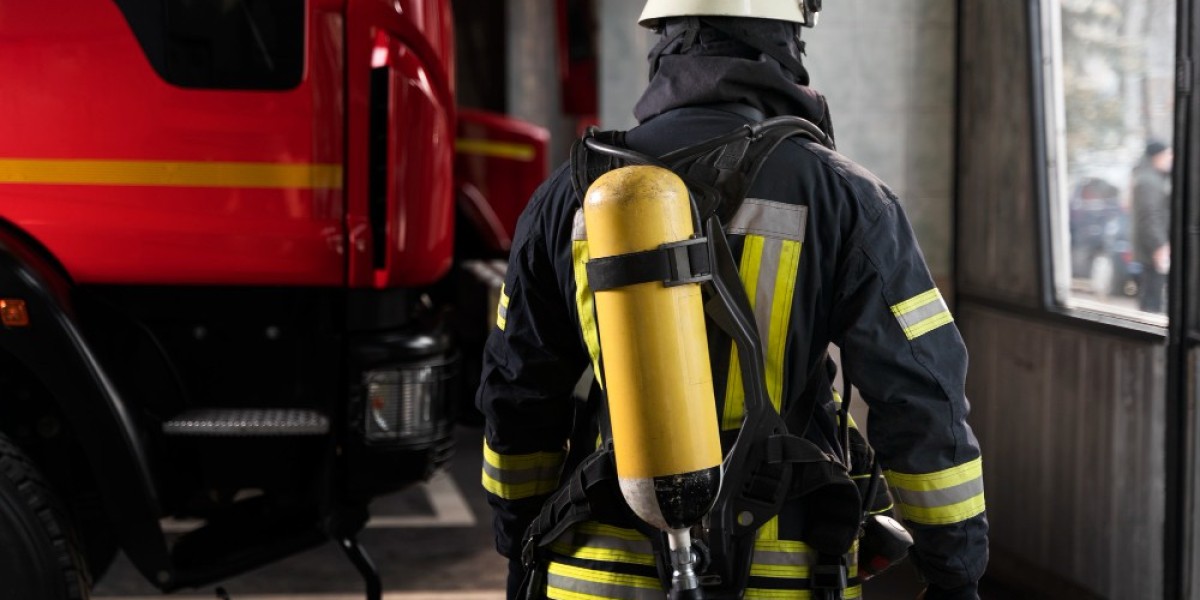Fire safety is a critical aspect of any building's infrastructure, whether it's a home, office, or industrial facility. Among the essential tools designed to combat fires, the fire extinguisher stands out as a reliable and effective device for early fire suppression. In this blog post, we'll delve into the importance of fire extinguishers, their types, how to use them effectively, and why they are an indispensable part of fire safety measures.
The Importance of Fire Extinguishers
A fire can escalate rapidly, posing a significant threat to life and property. Fire extinguishers provide a crucial means of controlling small fires before they become uncontrollable infernos. Having a readily accessible fire extinguisher can make the difference between a minor incident and a major catastrophe, giving occupants valuable time to evacuate safely and reducing the risk of extensive damage.
Types of Fire Extinguishers
Water-Based Extinguishers: Suitable for Class A fires involving ordinary combustibles such as wood, paper, and cloth. These extinguishers work by cooling the fire and reducing the temperature to extinguish the flames.
CO2 (Carbon Dioxide) Extinguishers: Effective for Class B (flammable liquids) and Class C (electrical) fires. CO2 extinguishers work by displacing oxygen, smothering the fire and preventing it from spreading.
Dry Chemical Extinguishers: Versatile extinguishers suitable for Class A, B, and C fires. They work by interrupting the chemical reaction of the fire, creating a barrier between the fuel and the oxygen.
Foam Extinguishers: Ideal for Class A and B fires, foam extinguishers work by cooling the fire and forming a blanket of foam to smother the flames and prevent re-ignition.
Choosing the Right Fire Extinguisher
Selecting the right type of fire extinguisher is crucial for effective fire suppression. Consider the specific hazards present in your environment and choose an extinguisher that is suitable for those types of fires. It's also essential to ensure that the extinguisher is properly maintained, regularly inspected, and within its expiration date to ensure optimal performance when needed.
How to Use a Fire Extinguisher
Using a fire extinguisher effectively requires proper technique and quick action. Remember the acronym PASS:
- Pull the pin: This will unlock the operating lever and allow you to discharge the extinguisher.
- Aim low: Point the nozzle or hose at the base of the fire to attack the source.
- Squeeze the lever: This will discharge the extinguishing agent.
- Sweep from side to side: Continue sweeping the nozzle or hose from side to side until the fire is completely out.
Maintenance and Inspection
Regular maintenance and inspection of fire extinguishers are essential to ensure their reliability and effectiveness. Inspect your extinguishers monthly for visible signs of damage, corrosion, or leakage. Ensure that the pressure gauge indicates the extinguisher is fully charged, and the pin and tamper seal are intact. Additionally, professional inspections and servicing should be conducted annually to verify the internal condition and refill or replace as necessary.
Conclusion
Fire extinguishers are an indispensable part of fire safety measures, providing a vital means of controlling small fires and preventing them from escalating into major disasters. By choosing the right type of extinguisher, maintaining it properly, and knowing how to use it effectively, you can significantly reduce the risk of fire-related injuries and property damage. Remember, fire safety is everyone's responsibility, and having a reliable fire extinguisher within reach can make all the difference in protecting yourself and others in the event of a fire emergency. Stay safe, stay prepared!



